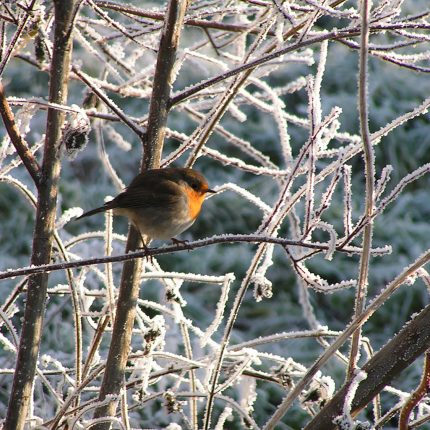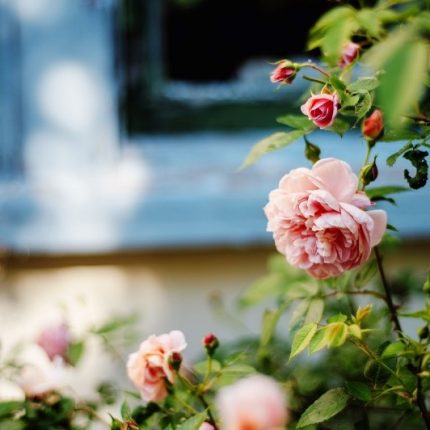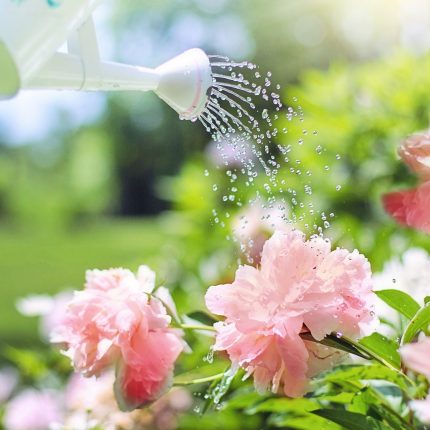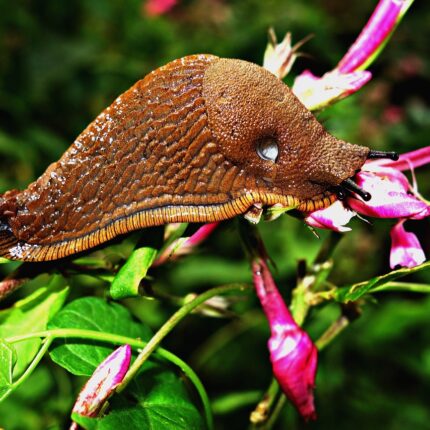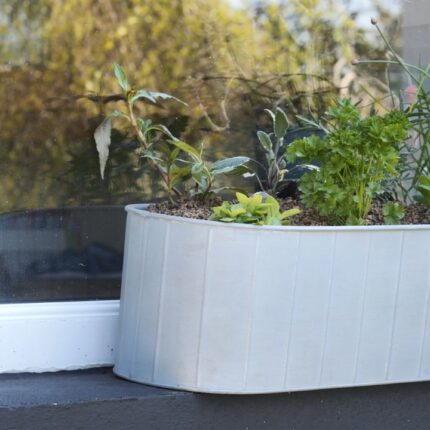Moss Buster
For those gardeners who love to get out with lawnmowers during the summer months will soon be disappointed as grass growth has started to slow down. This gives gardeners an opportunity to revitalise the grass conditions after summer and to ensure they are fit enough to get through winter.
The big question always asked about lawn care
The number one question customers ask about lawn care is how to remove moss and thatch. CountryLife offer a wide array of products to deal with moss but the conditions for moss have to be removed also. Moss thrives in shaded, wet conditions and if you remove these two conditions everything else will fall into place.
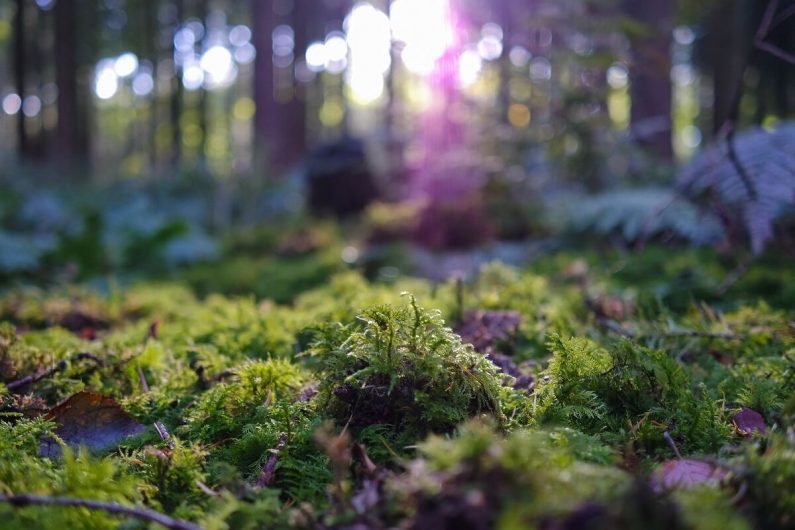
Removing thatch from your lawn
Removing thatch can be a labour intensive job but with the help of a product called Mo Bacter it doesn’t need to be. Mo Bacter is a slow release organic fertiliser that contains bacteria which will actively digest dead moss and thatch materials, so there is no need to rake! Mo Bacter is soil temperature dependent and works best in warmer months so it is best to apply from March through to September. Firstly removing thatch from the lawn is a way of letting light and air down to the base of the grass which moss doesn’t like.
Make a rake your best friend
As autumn turns to winter, make the most of any dry days and rake the lawn to lift any dead moss, thatch and also keep it free of leaves. A thick layer of leaves will smother a lawn and weaken the grass and it also provides winter shelter for unwelcome garden pests. The raked leaves and thatch will make a great asset to your compost bin.
Improving lawn drainage
As mentioned earlier, wet conditions are also a factor that needs to be addressed when giving your lawn a new lease of life.
Removing thatch and moss in your lawn will help with drainage but areas of the lawn that get heavy traffic, such as play areas often become very compacted and can cause problems with drainage, weeds and moss. To improve drainage the ground needs to be aerated and this is done by pushing a garden fork into the ground as far as you can, then wiggle it backwards and forwards to make air channels. Repeating this every 10com (4in) across the lawn will create a network of drainage holes. Brush horticultural sand across the surface of the lawn so that it fills the holes, allowing air into the lawn and allowing water to drain away more freely.
Get in Touch!
If you have any questions about removing moss from your lawn contact us on social media- @CountryLifeGC (Links in footer). If you have a specific problem such as pest damage it’s really helpful to send us a picture- we’d love to help!




